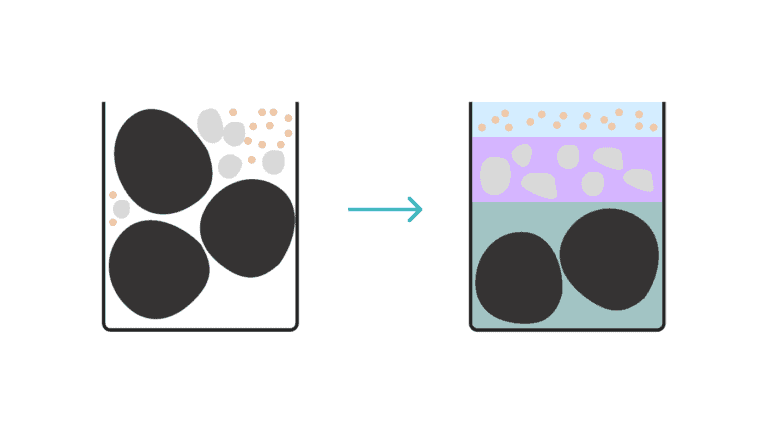When it comes to product planning, the common advice is to think of it as filling a jar:
You start with Rocks (big bets), then add in Pebbles (mid-size features), and fill in remaining gap with Sand (small improvements).
But this approach has a flaw in practice.
It’s common for a product team to have years’ worth of big bets lined up at a given time. If you follow this strict order by filling your roadmap with big initiatives first, there will likely be no room for anything else.
Also, the bigger an initiative is, the harder it is to estimate its cost and impact. And as we all know, even the best product teams tend to overestimate the impact of their work, especially when it comes to moon-shot ideas. If you try to create focus by minimizing “work-in-progress” (which is a good practice to an extent), you’ll run the risk of investing a lot of time for very little payoff.
To avoid this trap, here is a tweak I recommend:
Rather than filling your jaw in a strict order, decide how much effort you want to allocate to each group of initiatives upfront.
A 60/30/10 split is usually a good start.

For example, let’s say each of your big features takes about a month to build. Instead of cramming three big features into a single quarter, aim to complete 1.8 of them and save the rest for the next quarter. (Note: You can change “quarter” to whatever interval that makes sense in your case.)
By doing so, you intentionally make room for small but confident improvements, which can balance out the risks that come with large, uncertain initiatives. In reality, you’ll likely still go over the allowance you set for big bets during execution, but at least you will be aware of the alternatives you’re sacrificing and be more realistic with your planning.
From a user’s point of view, this approach also leads to a more consistent pace of value delivery. Sure, they might not get a fancy steak dinner with every feature release, but they’ll get to enjoy burgers and ice creams more frequently. It’ll keeps users engaged and satisfied before the next big feature arrives.




